Authors: Robert A. Fesen, Bradley E. Schaefer, Dana Patchick
First Author’s Institution: Department of Physics and Astronomy, Dartmouth College, NH, USA
Status: Published in ApJ Letters [open access]
Of all the stunning astronomy images you have seen out there, many of them are of supernova remnants (SNRs). They are the gaseous leftovers of the explosive end of a star’s life, known as a supernova. In this violent explosion, the star ejects most of its materials, creating expanding clouds of gas and dust. The intense radiation and shock wave from the supernova interact with and heat up the surrounding medium. It is this interaction between the supernova ejecta and the surrounding materials that produces the various filaments and knots we observe in SNRs.
SNRs are generally classified based on their morphology (see Figure 1). First, we have the shell-type SNR that exhibits an expanding, ring-like structure surrounding the supernova’s location. This ring is a two-dimensional projection effect from a spherical shell of material at the explosion’s forward shock. Next, we have the filled-center SNR. The SNRs in this class are powered by pulsars at their centers that fill their surroundings with high-energy particles, generating what are called pulsar wind nebulae. If a shell is visible around the pulsar wind nebula, then the SNR is classified as the composite-type SNR. Lastly, we have the thermal composite SNR, which appears to be a filled-center morphology in the X-ray band but has a shell structure in radio wavelengths (check out our amazing guide to the different electromagnetic wavelengths in Astronomy!).
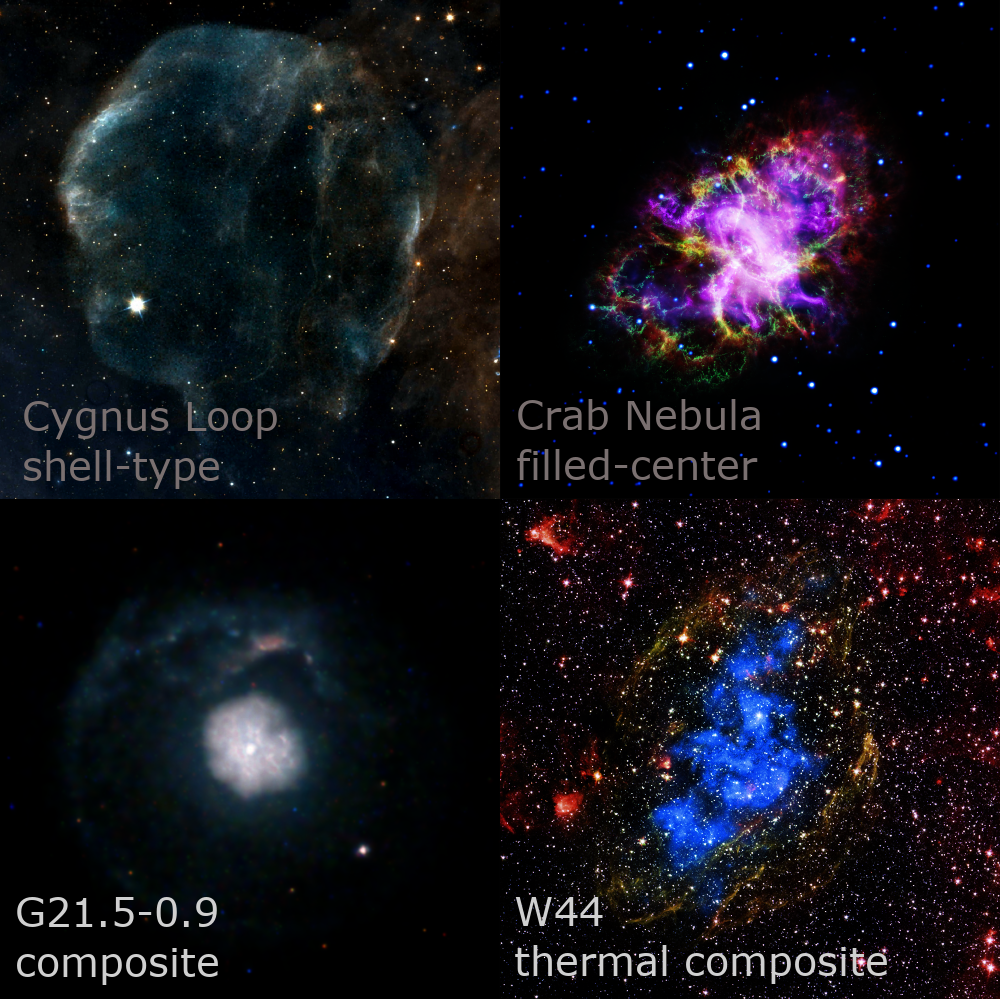
Top Right – Highly-detailed image of the Crab Nebula combining radio (red), infrared (yellow), optical (green), ultraviolet (blue), and X-ray (purple) images (credit: NASA, ESA, G. Dubner (IAFE, CONICET-University of Buenos Aires) et al.; A. Loll et al.; T. Temim et al.; F. Seward et al.; VLA/NRAO/AUI/NSF; Chandra/CXC; Spitzer/JPL-Caltech; XMM-Newton/ESA; and Hubble/STScI).
Bottom Left – X-ray image of SNR G21.5-0.9, an example of a composite-type SNR (credit: NASA/CXC/U.Manitoba/H.Matheson & S.Safi-Harb).
Bottom Right – X-ray (blue) and infrared (green) image of SNR W44, also known as G34.7-0.4, an example of a thermal composite SNR (credit: X-ray: NASA/CXC/Univ. of Georgia/R.Shelton & NASA/CXC/GSFC/R.Petre; Infrared: NASA/JPL-Caltech).
… You Don’t
Ordinarily, identifying the type of an SNR is a pretty straightforward task by keeping the four known types in mind. However, the authors of today’s paper have shown that this is not always the case. They discovered a unique SNR with a mind-blowing morphology in the optical that does not conform to any of the typical SNR classifications. The SNR is called Pa 30, and it features long and narrow filaments aligned radially, converging on a central star. It is circular in shape and highly symmetrical, but lacks any visible ring-like outer shell. If you do not pay close attention, you could easily mistake it for a fireworks display or perhaps the pappus of a dandelion. So you think you know what SNRs look like, take a look at Figure 2 and try to spot Pa 30!
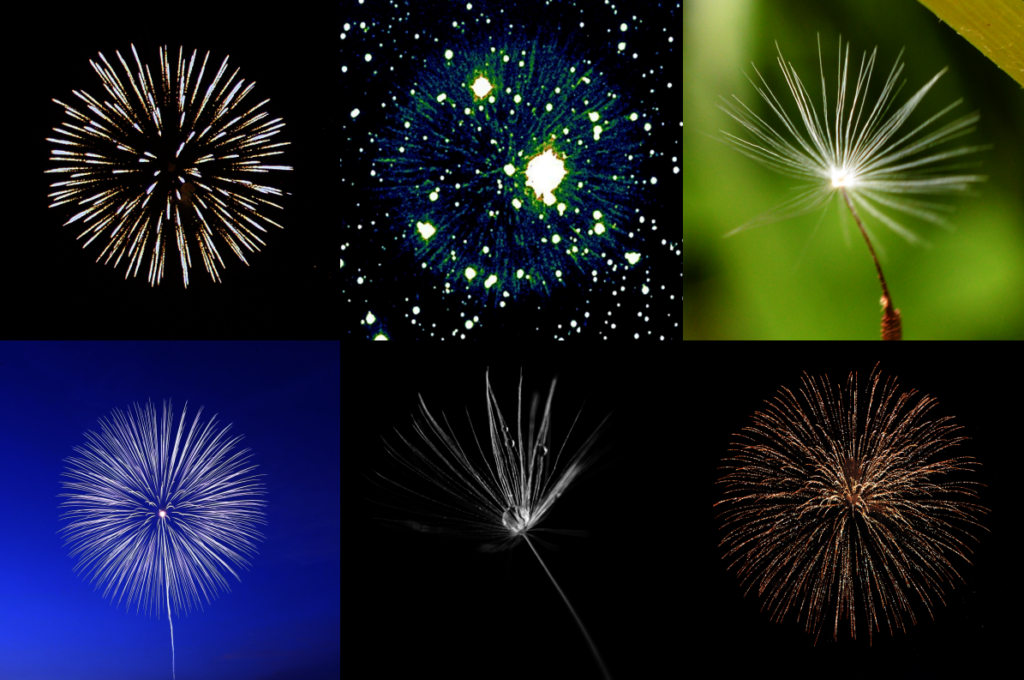
Our authors observed Pa 30 at optical wavelengths using the Ohio State Multi-Object Spectrograph mounted on the 2.4 m telescope at the MDM Observatory, in Kitt Peak, Arizona. They used both imaging and spectroscopy modes. Previous optical studies have indicated that Pa 30 emits faintly in oxygen (5007 Angstrom) and sulfur (6716, 6731 Angstrom) lines, but no hydrogen emission (6563 Angstrom) was detected. It has also been reported that the interstellar extinction along the line of sight of Pa 30 is high. To minimize the effect of extinction – which preferentially affects shorter wavelengths– on the object’s brightness, the authors used a narrowband filter that is sensitive to the sulfur emission lines for the imaging observation. Figure 3 shows the sulfur image, which highlights the unique morphology of Pa 30. From the spectra, the authors calculated the maximum expansion velocity of Pa 30 to be 1,100 km/s. By combining this velocity with a more precise angular radius of the SNR from the sulfur filaments, and assuming a distance of 2.3 kpc, they determined the age of Pa 30 to be 844 (± 55) years.

Pa 30 was first identified in 2013 from NASA’s Wide-field Infrared Survey Explorer (WISE) image archive and initially cataloged as a planetary nebula candidate. Subsequent observations revealed the presence of an unusually bright and hot star embedded in the center of the Pa 30 nebula, with an extreme stellar wind velocity of 16,000 km/s, equivalent to roughly 5% of the speed of light!. This velocity is significantly higher than the typical values for stellar winds, which only reach velocities as high as 4,000 km/s in extreme cases. The central star is also completely free of hydrogen and helium, which makes it even more unusual. There are very few stars known to be both hot and free of hydrogen and helium in our Galaxy! The peculiar properties of this central star do not match those of the regular central stars of planetary nebulae. Instead, they surprisingly align with properties of white-dwarfs-merger products. (For more details on this specific research, see our other bite from 2019. Note that WS35 in there refers to the same object as Pa 30.)
X-ray observations of both the central star and the nebula provided compelling evidence that Pa 30 is indeed the outcome of a merger between two white dwarfs, with an estimated age range of 350 to 1,100 years. Then, in 2021, it was proposed that Pa 30 is the aftermath of the supernova explosion that was recorded by Chinese and Japanese astronomers 842 years ago, in the year 1181. With their newly collected data, the authors of today’s bite have confirmed that Pa 30 is in fact the SNR of the supernova event that occurred in 1181. Also, their findings of the extraordinary structure of Pa 30 in the optical has challenged our current understanding of the SNRs morphology.
So, which type of SNR do you think Pa 30 is?
Astrobite edited by Ivey Davis
Featured image credit: Fesen et al. 2023 Figure 1 with modification; Van de Graaff generator image by Center of Science and Industry (COSI), Columbus, OH; Sunglasses icons created by Freepik – Flaticon

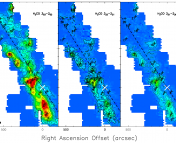
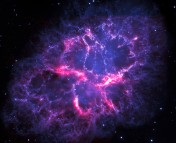
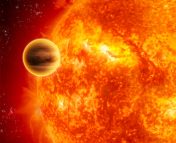
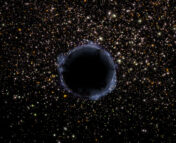
Hi janet. Nice review of the paper. If we may know what makes supernova remnant get its visible look. Is there any chemical reaction whatsoever that caused photon to occur and reach our eyes? How long it will emit light and dimmed eventually?
Thank you!
Supernova remnants get their look from the interaction between the expanding materials ejected during the supernova explosion and the surrounding medium (gas and dust). The non-uniform distribution of the surrounding gas and dust creates filaments and knots in supernova remnants. This animation shows remnant + surrounding medium interactions really well: https://svs.gsfc.nasa.gov/10547.
Supernova explosions release an enormous amount of energy and radiation, which drives the remnant’s interaction with the surrounding medium e.g. ionizing the neutral elements in the gas, causing ion recombination. These processes release photons across the electromagnetic spectrum.
Supernova remnants will continue to expand and over time, the expansions will slow down and the temperature will decrease. It can take up to about a million years for a supernova remnant to eventually merge with the interstellar medium and fade away. 😀
Nice article! It is a very interesting object, the shape is very intriguing and unique. Can’t wait to see more about this object.